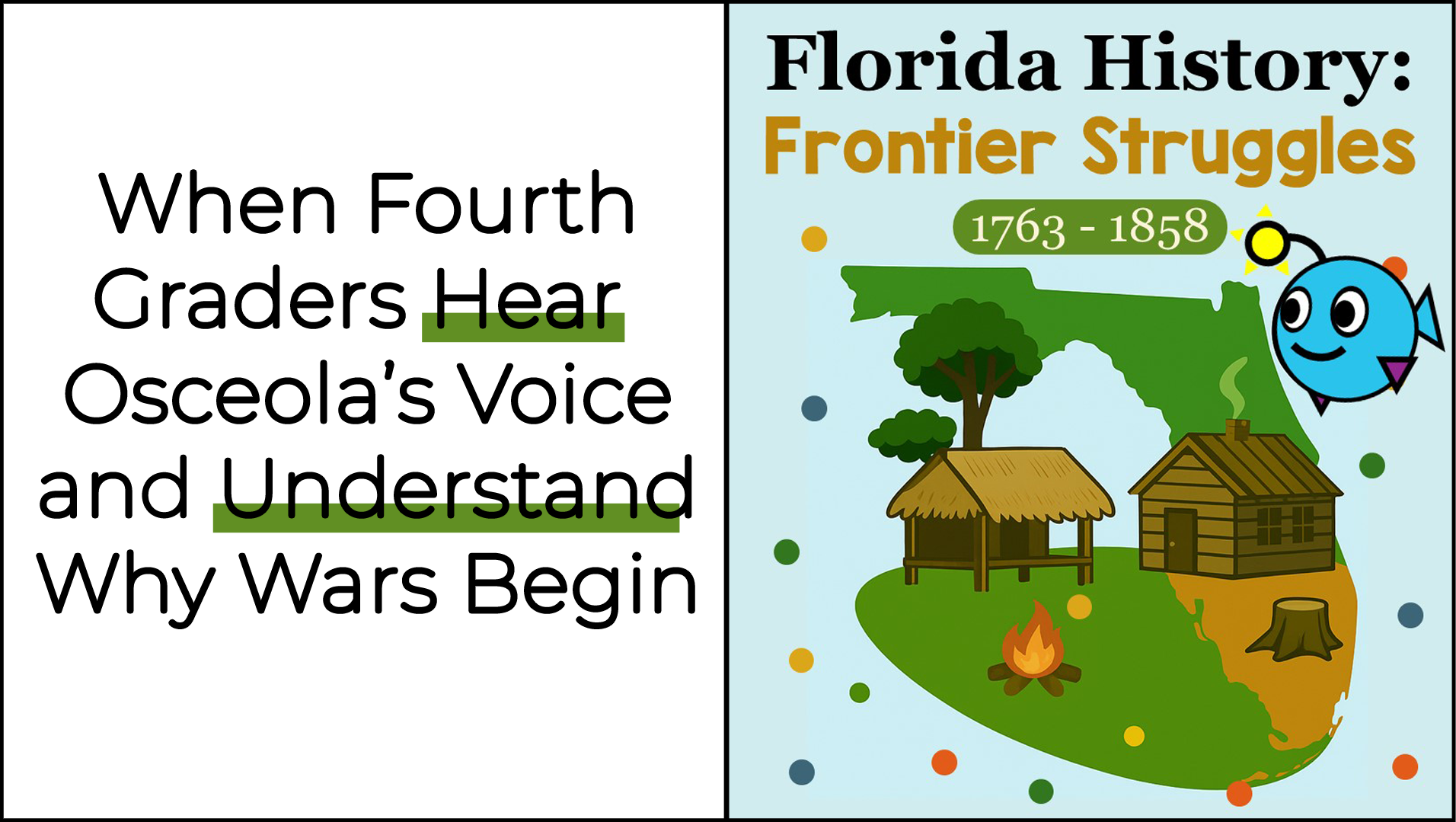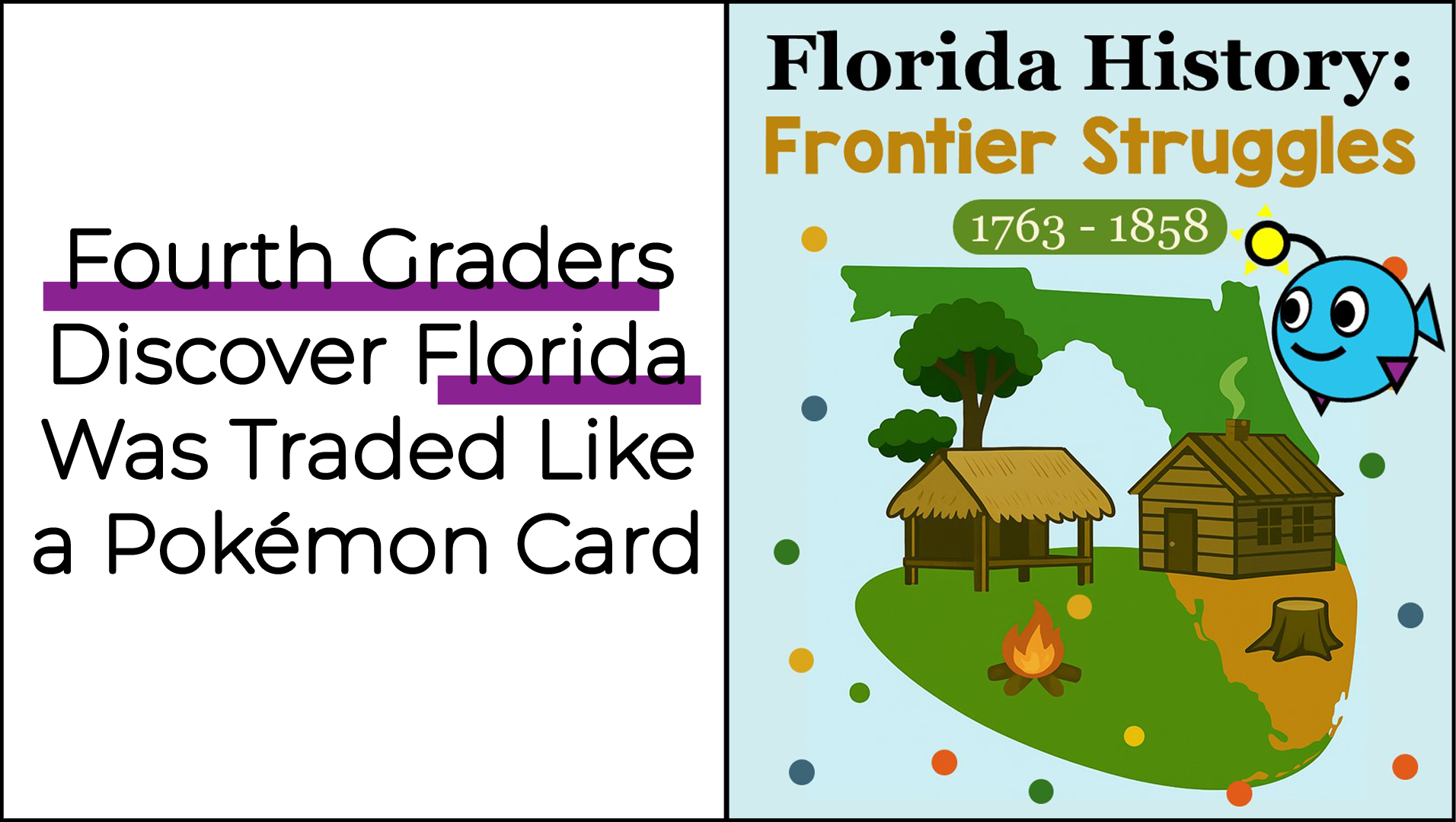From the Classroom

When Fourth Graders Meet Abraham Lincoln's Words (And Actually Understand Them)
Fourth graders read Lincoln's Second Inaugural Address and actually understood it—not because of vocabulary drills, but because they read it as Florida legislators preparing for Reconstruction.

How to Keep Students Engaged When There's Heavy Reading Before the Action Starts
Students disengage during setup when they don't understand WHY they're reading. Here's how giving students roles first transforms heavy reading into essential preparation.

When Fourth Graders Command the End of the Civil War
Days 10-11 brought the Battle of Natural Bridge, a civilian primary source, and the end of the Confederacy. Fourth graders learned what it means when continued fighting serves no purpose.

Reading Primary Sources After Major Turning Points: How Context Changes Student Understanding
Discover how major turning points in simulations create the perfect context for primary source analysis—making historical documents meaningful instead of abstract.

When Fourth Graders Hear Osceola's Voice and Understand Why Wars Begin
When my fourth graders heard Osceola’s words after living through the Second Seminole War in our classroom simulation, the silence was profound. They weren’t just memorizing facts—they were grappling with why wars begin, how policies create conflict, and what it means to understand multiple perspectives.

When Fourth Graders Discover Florida Was Traded Like a Pokémon Card
"Wait, WHAT? They just... gave away Florida? Like, the whole thing?" This incredulous question came from Jordan as we examined Treaty of Paris documents. My students had just started the Frontier Struggles simulation, competing for Florida territory. Now they were discovering that while they focused on homesteads and land claims, entire nations had been casually trading Florida back and forth.

Making Primary Sources Work with Elementary Students
"I can't read this. It's too hard." How many times have you heard that when introducing primary sources to elementary students? I used to think historical documents were only for middle and high school—until I discovered how to make them accessible and engaging for fourth graders. Here's my proven 3-step process that works.
